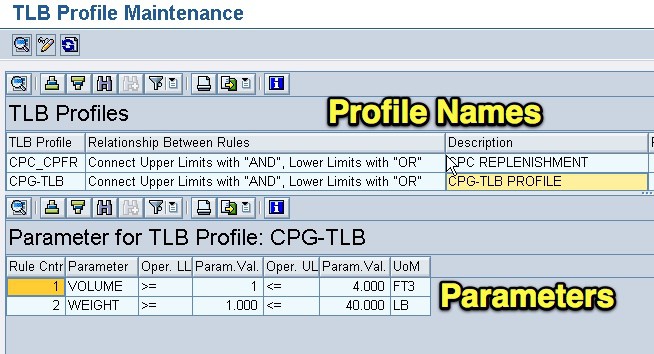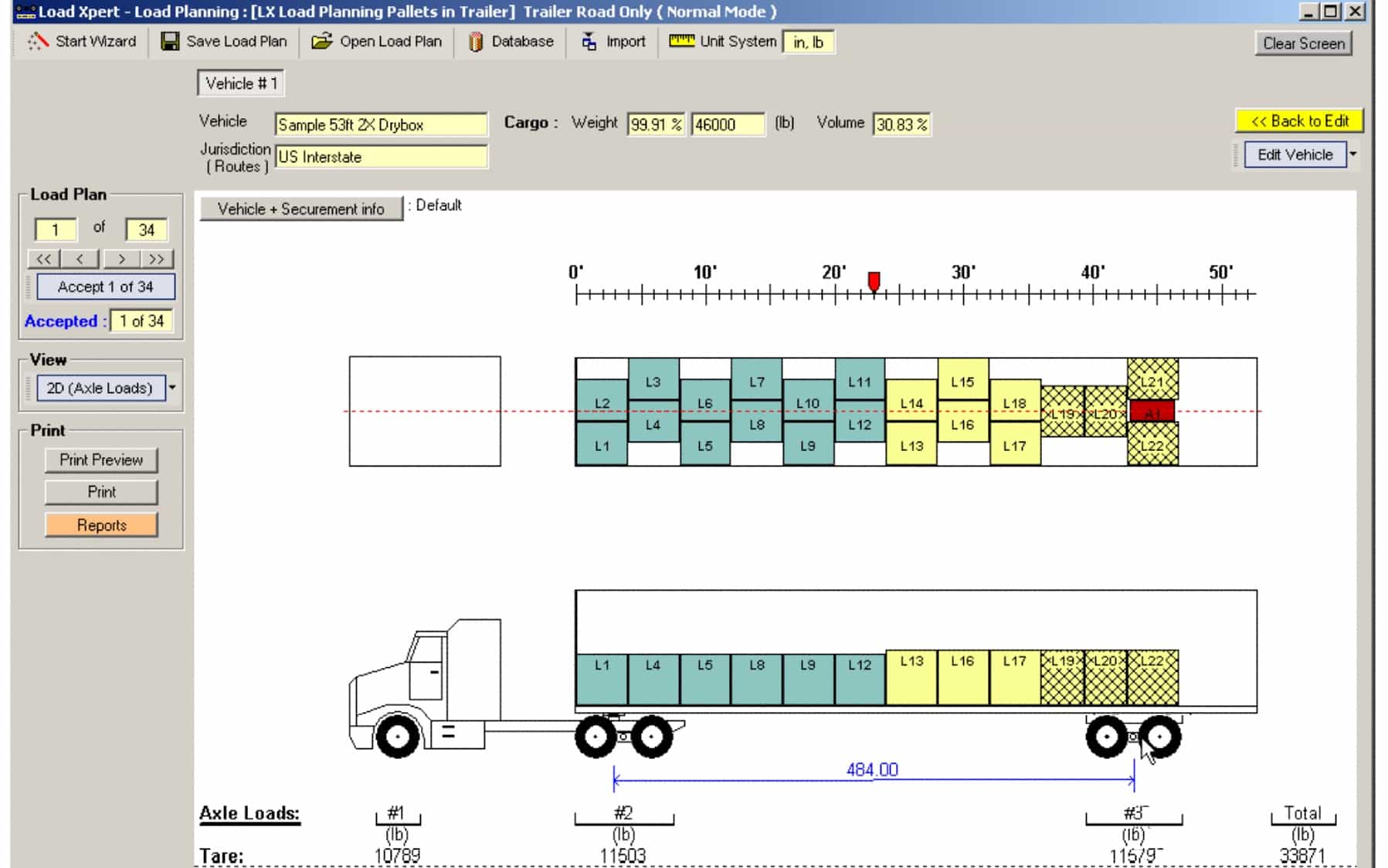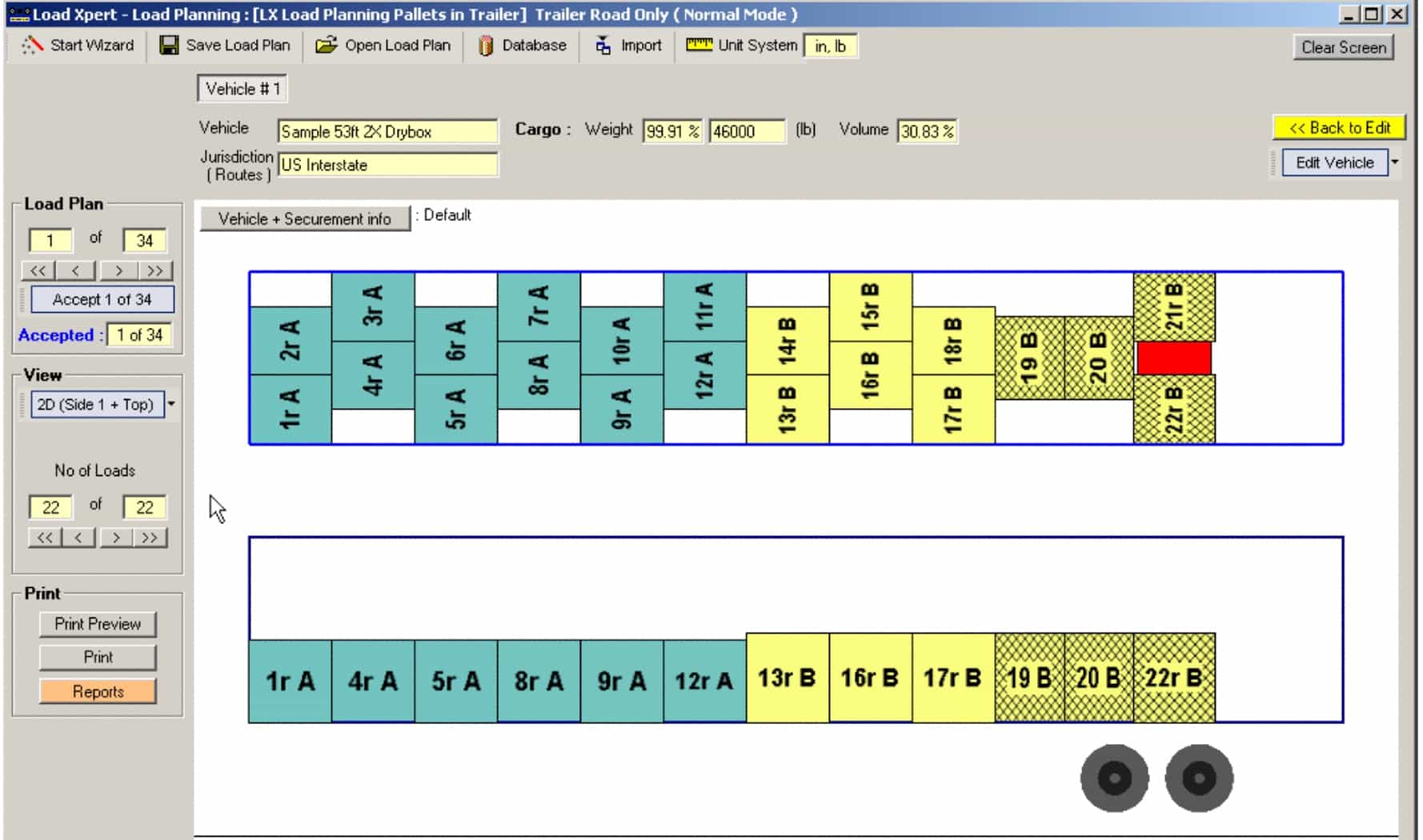How to Understand TLB Versus Best of Breed for Load Building
Executive Summary
- The SAP APO SNP Transportation Load Builder is an unusual but critical component to SNP.
- We cover how the Transportation Load Builders works and how it differs from SAP ERP’s functionality and the Application Load Xpert.
Introduction to the Transporation Load Builder
The Transportation Load Builder is an intensively used functionality in SAP SNP. You will learn its primary purpose and how it compares to other load building applications and functionality.
What is the Transporation Load Builder?
Transportation Load Builder or TLB is one area of functionality within APO that there is a fair amount of confusion. First. At the same time, TLB resides within SNP; it can be thought of as a curious location. Firstly, load building is an execution activity but resides within an application that is focused on planning. TLB accepts stock transport orders that are sent from SAP ERP and process. Sending what are execution objects and pushing them back into a planning engine does not make much sense. It increases the interactions between the systems, which is usually something to minimize. For this reason, it clearly would have made more sense to have the TLB functionality in SAP ERP and to have SNP stop at the creation of the stock transport requisition.
Locating Functionality in SAP
The locating of functionality in SAP is often related to revenue maximization rather than logic. SAP ERP has already been sold into most of the companies that it will ever be, so the primary way that SAP grows its revenue is by taking over other enterprise software areas from the best of breed vendors. Therefore, there has been a strong emphasis driven by revenue maximization to place new development into applications outside of ERP so that SAP can motivate companies to buy extra products like APO and BI. Therefore, even functionality that should reside in ERP is not placed there, and there are numerous examples of that throughout the SAP universe of products.
How Load Builders Work
All load builders use the pallets’ physical dimensions to be loaded and the equipment to be loaded (trucks, rail cars, etc.) to attempt to plan the load that meets a variety of objectives. One objective could be to keep all the same type of material on one load; another could be to maximize the equipment’s fill by distributing materials with different complementary attributes (say heavy and light products) onto the same equipment piece.
A Nice Definition of TLB
The Transport Load Builder (TLB) is the tactical portion of SNP, which is the final step, although an optional step in the module.
“The Transport Load Builder (TLB) groups deployment results for single products (i.e. confirmed stock transport purchase requisitions) to multi product stock transport orders. The TLB considers factors like volume, weight or number of pallets to fill transport vehicles optimal.” – Joseph Ramon Bonamusa, SAP Iberia
From SAP Training Material SNP 230
The TLB can maximize transportation capacities by optimizing the load building. The system checks the confirmed stock transfers against the minimum and maximum values defined by the system. If the confirmed quantities do not meet either the minimum or maximum requirements the system generates an alert and the planner adjusts the TLB Plan. The TLB:
- “Groups together stock transfers for transportation
- Groups stock transfers on a time basis
- Guarantees that the means of transport carries at least a minimum load.”
TBL can be found under
APO – Supply Network Planning – Planning – TLB
“It brings up this interactive planning book. The first step is to select the planning book, and then the possible shipments will show up. Reference.”
TLB Versus SAP ERP’s Functionality
Load building is very limited in ERP, and most companies that move from building loads in ERP to TLB in SNP see it as a significant upgrade.
How TLB Works
TLB is an optimizer that works off of only a few criteria. These criteria are the following:
- Weight
- Volume
- Pallet Spots
There are minimum and maximum values that can be ascribed to each category or constraint. The minimum value declares that the load is not complete until the constraint is met (say, a truck must be filled with 35,000 pounds of the material before it can be shipped). The maximum value declares the capacity of the piece of equipment. A company can use all three of the constraints or just one of the limitations.
Assignment
These values are maintained in the TLB Profile, which applies to an equipment type.
 This TLB Profile is then assigned to the Transportation Lane.
This TLB Profile is then assigned to the Transportation Lane.
 In yellow, you can see the TLB Profile, which is assigned to this transportation lane.
In yellow, you can see the TLB Profile, which is assigned to this transportation lane.
One of the most important controls related to the load build is not on the TLB Profile, is within the transportation lane, and is called the Loading Method and blue above. The loading method controls the mix of products that are placed onto a truck. SAP has three different loading methods that I have tested and work: straight loading and load balancing. The third method, Product Wise Loading works similarly in concept to load balancing. However, it is not sufficiently documented, and I have never personally tested it, so I can’t vouch for it.
Maintenance of this Information in the TLB Profile
The TLB is one of three optimizers available in SNP, and it is by far the simplest. Of the many areas of configuration in SNP, the TLB Profile is one of the simplest. Thus it is a surprise how often I find poorly maintained data in the TLB Profile.
Duplicate records in the TLB Profile are prevalent. Setting the minimum and maximum value for the constraints very close to one other is also a common thing I have seen. As with other optimizers, the more flexibility you set the parameters, the more decision-making is being delegated to the optimizer and the larger its “search space.”
Best of Breed Solutions Versus TLB
I find comparisons between SNP TLB and best of breed solutions strange in several dimensions. First, TLB is only offering basic functionality. This is for companies that want an automated way to develop passable loads to meet primary dimension constraints. The constraints available within TLB are easy to understand, and it is easy to comprehend what it was doing, so there is no need to imbue it with capabilities that it does not have.
The second dimension that I find strange is that many companies want more load building capabilities and are thus led to look into best-of-breed solutions. However, they are not as keen on obtaining the funding necessary to staff the positions required to run the most sophisticated software. In addition to operation, the people who know the transportation equipment, the materials to be loaded, and the warehouse constraints must have the time and the training to continually updated the parameters that drive the software.
The third dimension, which is dysfunctional regarding the interpretation of the company’s options, as many of the decision makers on load building software don’t seem to recognize that effective load building requires sufficient quantities of staging.
Load Building Without Sufficient Staging
Without sufficient staging, real estate in the warehouse, the hypothetical load plan, optimal for the equipment and the material, cannot be executed. Optimal load building requires a comprehensive approach to getting the right load building software, configuring it correctly, allocating sufficient human resources to the task, having the appropriate staging real estate, etc. An improvement in just one thing, such as load building software, will not in itself allow optimal loads to be built.
Load Xpert
I have used Load Xpert screenshots because the application is simple to understand, and the user interface shows very clearly what it is doing.
The best of breed load planning applications have in common is they provide a load diagram. Ortec also provides a load diagram, but Load Xpert’s is more interactive and demonstrates the detail of the application. Ortec is integrated into SAP, and its screens look like the SAP GUI, and that is its principal selling point for SAP clients.
The type of customers I work with but also a disadvantage because the SAPGUI is weak compared to every other offering in the marketplace. But Load Xpert is the most interesting application. Load Expert also has a product which deals with axle loading and many truck types (not just dry boxes), and they have incorporated some of that functionality in their load builder product.

The interface provides reliable feedback to the user on how different load scenarios “look” on the truck.
 <br ” />Load Xpert provides both a top and side view, and along the top, the load statistics are shown.
<br ” />Load Xpert provides both a top and side view, and along the top, the load statistics are shown.
As pallets are added, the fill statistics increase. Load Xpert can deal with either pallets or rolls. Demos provided on the Load Xpert website show an application that provides a realistic view of the equipment and the pallets/rolls. Full demos are available at this link.
Conclusion
SNP TLB offers a moderate amount of functionality and a basic optimizer, which is a significant upgrade from the load building in SAP ERP, which has nothing close to the capability within the TLB. Even though the settings are basic and concrete (based upon the constraints of the equipment and the company’s policy concerning when a truck is considered “full”), they are often poorly maintained by corporations.
Regarding the TLB functionality compared to the best of breed solutions, the differences are quite significant. Best of breed solutions such as Ortec and Load Xpert offers graphical load diagrams and much more functionality.
Load Xpert provides a very high level of transparency to the load and goes beyond simply loading the equipment and gets into how to load the equipment in a way that maximizes how well the equipment will drive. Of the three solutions, Load Xpert is, in my view, the most advanced and should be investigated by companies that want optimal loads.
However, many companies that want to improve their load building over and above TLB are not cognizant of the comprehensive factors required to either maintain the simple TLB parameters or maintain more complex load building solutions.